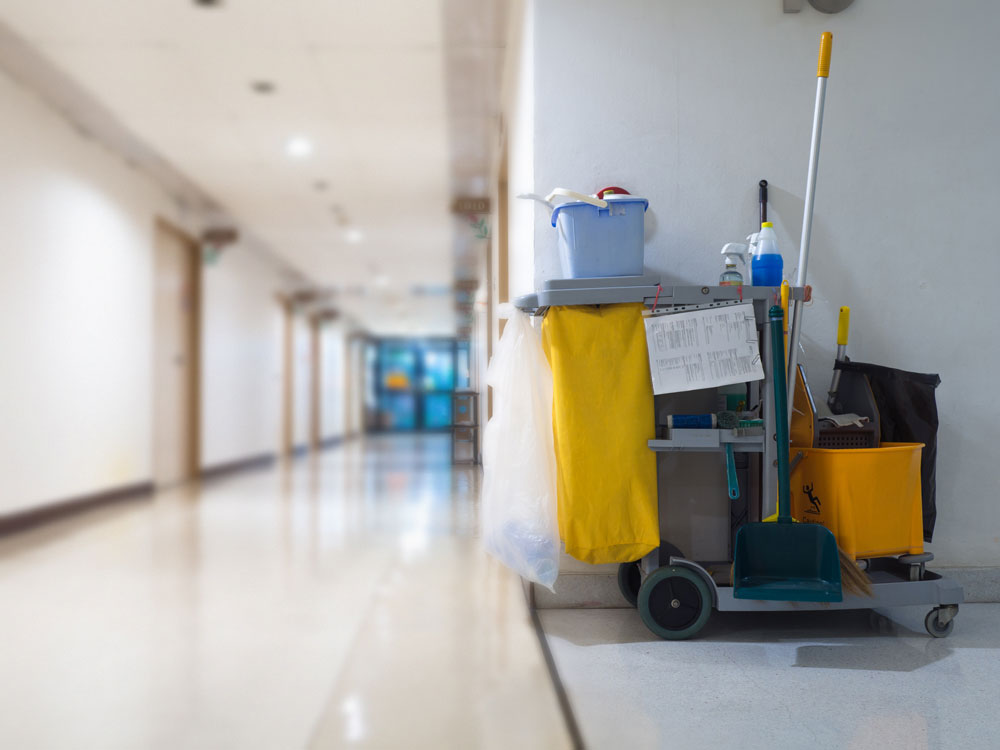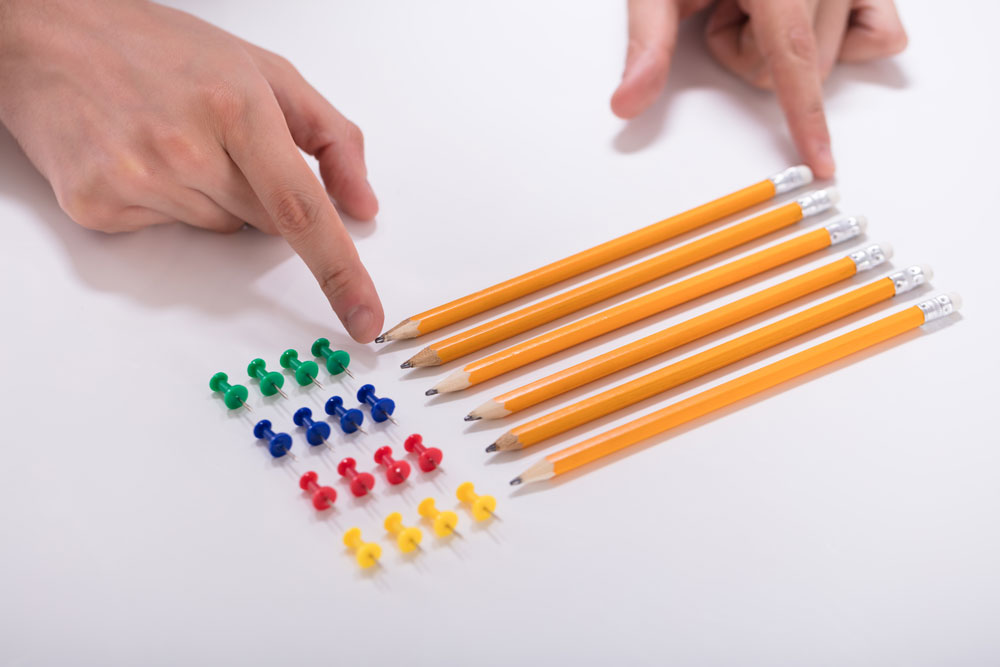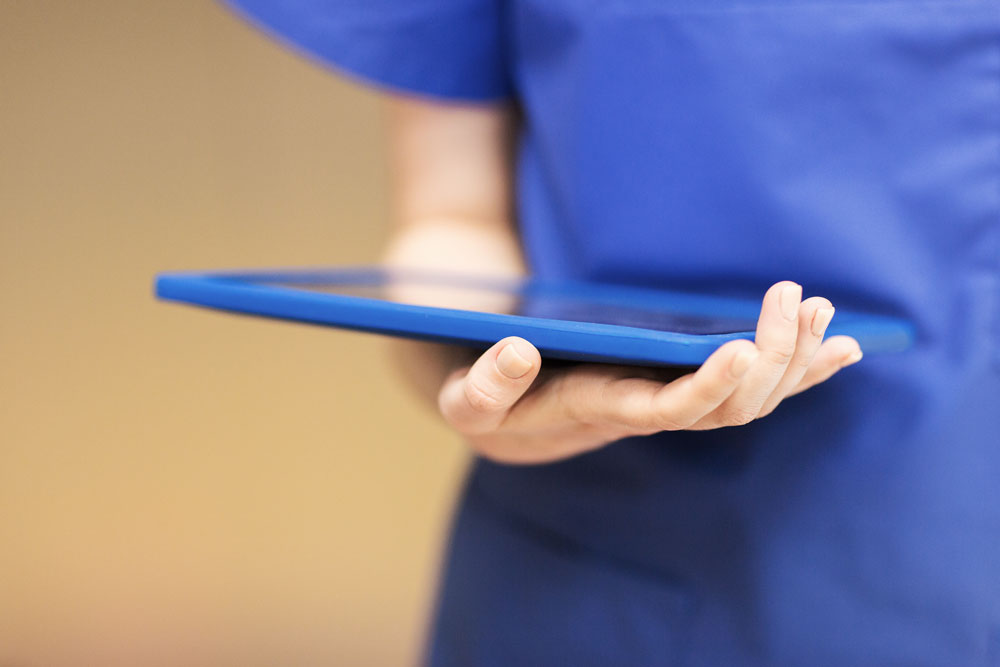Hygiene classes and cleaning routines at the nursing home – this is how we ensure cleanliness and safety
This article is written based on Swedish conditions. Hopefully it can inspire interested people from other countries
In a nursing home, cleaning and hygiene are extremely important for the residents to feel good and to reduce the risk of the spread of infection. Different spaces in a nursing home place different requirements on how thoroughly they must be cleaned, and therefore they are divided into different hygiene classes.
 Foto: Mostphotos
Foto: MostphotosCleaning is a part of healthcare hygiene
Cleaning in care homes is a fundamental part of healthcare hygiene. Incorrectly performed or inadequate cleaning can contribute to the spread of infection. There must be good job descriptions. Cleaning routines are about the work environment, hygiene, and routines to prevent the spread of infection.
In a nursing home, there are many different types of spaces where inadequate cleaning can pose a risk to the residents. The same applies to surfaces where food, dressing materials, and medicines are handled. Good cleaning routines are important for quality. Knowledge about cleaning, spot cleaning, and the choice of cleaning materials are necessary to avoid the spread of infection.
Hygiene class in different premises
Elderly people have a weaker immune system and are more exposed to diseases, e.g. there is a risk that wounds will become infected due to poor cleaning. Poor quality of cleaning can pose a health risk to residents. Different surfaces place different demands on cleaning. The level is determined by how spaces are used. There is a standard for how cleaning of premises should be planned and carried out. The premises are divided into four hygiene classes based on infection and infection risks and the extent to which residents stay there:
• Hygiene class 0: no residents are expected to stay.
• Hygiene class 1: short passage or stay of residents.
• Hygiene class 2: care, treatment, and reception of residents.
• Hygiene class 3: premises with special cleanliness requirements.
According to the Health and Medical Services Act, a good hygienic standard is part of good quality in care and service. Cleaning and spot disinfection reduce the risk of healthcare-associated infections and the spread of infection. Clean premises contribute to well-being and a good work environment. All spaces must be cleaned regularly, but how often depends on how the space is used.
Cleaning instructions
In order for the cleaning to be performed correctly, knowledge and clear cleaning instructions are required and that the operation has the right equipment. Also, that the right cleaning or disinfection products are used in different premises and the surfaces that are cleaned. In the event of outbreaks such as winter vomiting disease and cohort care, special temporary cleaning methods may be required to avoid the spread of infection.
Cleaning can be facilitated, for example, by the choice of entrance mats, the design of the furniture, order and cleanliness, and good ventilation. Some types of cleaning should be done continuously. Wiping up spills so that no one slips is one example. Here, everyone must take responsibility for taking care of what arises. If it is body fluids, disinfectants are used. It is important to think about surfaces that the resident or colleagues risk touching.
A storage room does not need to be cleaned as often, while a staff toilet that is used by many must be cleaned several times a day. The kitchen is a place where cleaning takes place continuously and carefully so that stomach sickness bacteria do not get a foothold. Likewise, staging surfaces like the bench in the medication room. Floors that are left too wet can cause residents or staff to slip and injure themselves.
Handling of cleaning materials
If rags are used, there must absolutely not be a risk that they end up in the wrong place. Imagine if the rag used to wipe the kitchen counter is dirty before it is used. Then there must be clear signal systems or barriers so that the same rag is not used in the kitchen and on the toilet. One way is to have different colors on cleaning materials used in different places.
Another aspect that those who clean must meet is the treatment of the residents. They must be able to handle the "social interaction". The elderly often want to exchange a few words which means that the person cleaning must take the time to socialize when the opportunity arises.
In many units, care staff clean. For those who carry multiresistant bacteria, there should be special daily cleaning routines to reduce the risk of the spread of infection in the accommodation. It is good with signing lists that confirm that the task has been performed.
There should be specially developed instructions to avoid the person carrying the infection spreading it further. This may require special planning as the resident should be clean, sanitize their hands, and have clean clothes on. This is not always easy, for example in connection with the care of people with dementia.
If soap, hand sanitizer, and aprons are available in the room, employees can more easily maintain good hygiene. If possible, it is good if the resident has their own vacuum cleaner and floor mop. In newer accommodations, the resident often has their own washing machine which counteracts the spread of bacteria. This reduces the risk of spreading infection between the residents.
Employees must also be alert to the presence of pests. This applies both where food is stored and in living spaces. Flour beetles, bed bugs, and other pests can cause quite a bit of disorder in the business and it is important to act before the pests have spread too much.
Move-out cleaning
A friend asked what demands a new tenant in a nursing home can make that it is clean when moving in. My obvious answer was that it is the same demand as with all other moving in, it should be clean. If an apartment is shown where there are stains on the floor or the windows are dirty, it does not contribute to confidence.
When a resident leaves a nursing home, the apartment must be cleaned for moving. It is a delicate task. We live in a time when multi-resistant bacteria thrive as well as some pests and other vermin. If someone moves in and gets infected with MRSA or discovers bed bugs, the confidence in the business can take a hit. The nursing home must have clear routines for both how and with what quality move-out cleaning should take place.
Municipalities have different routines for moving out in connection with deaths in nursing homes. Some nursing homes sell the move-out cleaning service to the relatives or perform it as part of the business's mission. The individual cannot get a RUT deduction for move-out cleaning after their own death.
It's not just about who cleans. The nursing home has a responsibility that it is clean and fresh when I, as a new tenant, move in. If it is not, confidence in the nursing home decreases. It can pose an infection risk if the previous tenant had multi-resistant bacteria. There is good support from Healthcare Hygiene and in the Care Handbook when it comes to cleaning out care spaces.
Reflection - cleaning
Care staff:
• Are there good cleaning instructions and equipment in the unit?
• Do you have recurring training on cleaning and spot cleaning?
• Do you have good self-control to follow up on the cleaning?
Manager, nurse, occupational therapist, and physiotherapist:
• Does cleaning work in the gym, changing rooms, and medicine rooms?
• Are there clear cleaning schedules that show how, when, who, and in what way all spaces in the nursing home should be cleaned?
• Do you have safe routines in connection with moving in and out?
• Do cleaning routines and cleaning of, for example, walkers and wheelchairs work?
Resident and relatives:
• Is it clean and fresh in the accommodation and in the apartment?
Erland Olsson
Specialist nurse
Sofrosyne - Better care every day

Aktuellt i media
-
2025-12-18 04:00
16 Sjukdom och död
Survivor conversations - an important element in working with next of kin
info Bild från Summer Stock
Bild från Summer Stock - 2025-12-15 04:00 17 Psykisk hälsa
- 2025-12-11 04:00 07 Riskhantering
- 2025-12-08 04:00 06 Dokumentation
- 2025-12-03 04:00 06 Dokumentation
- 2025-12-01 04:00 02 Värdegrund






